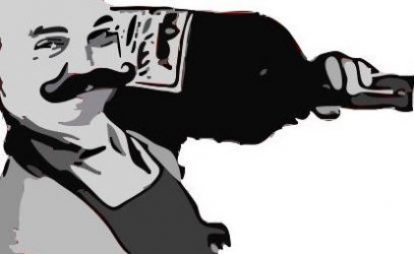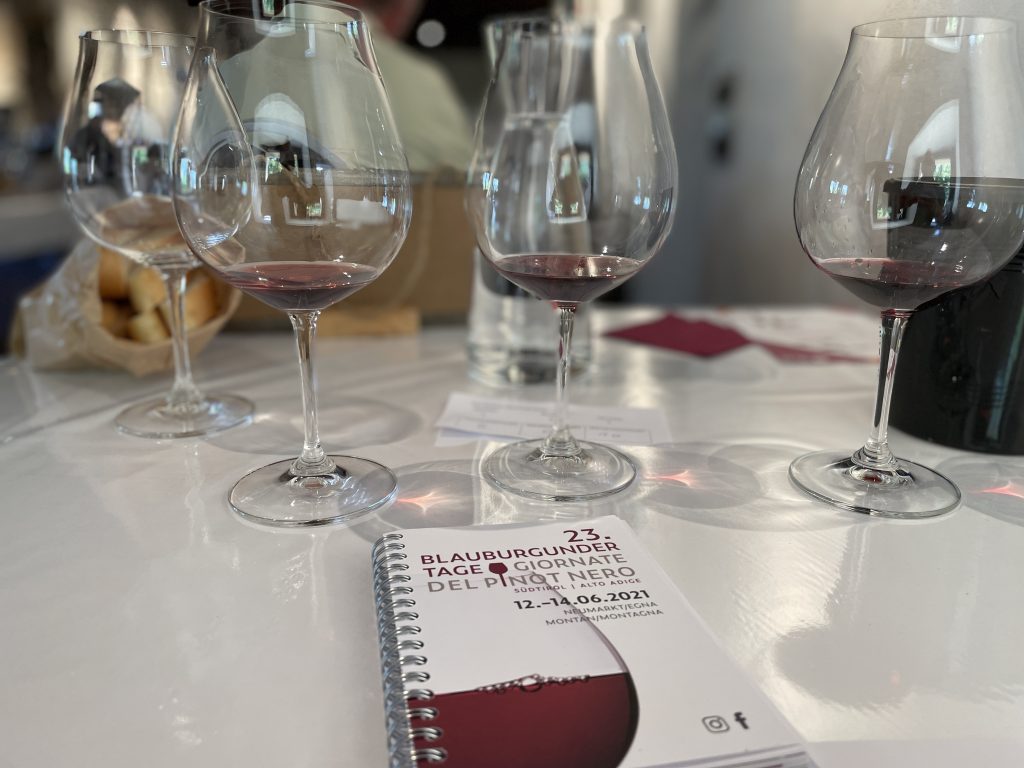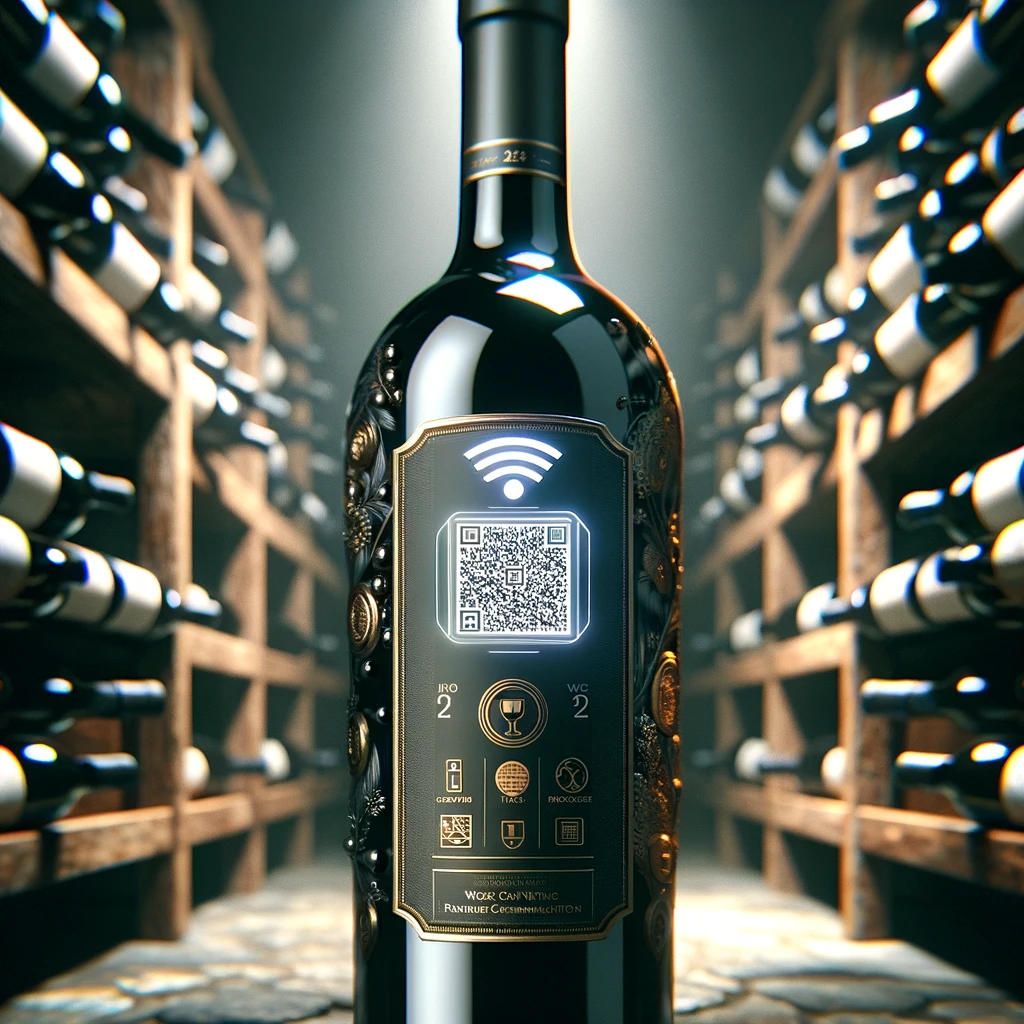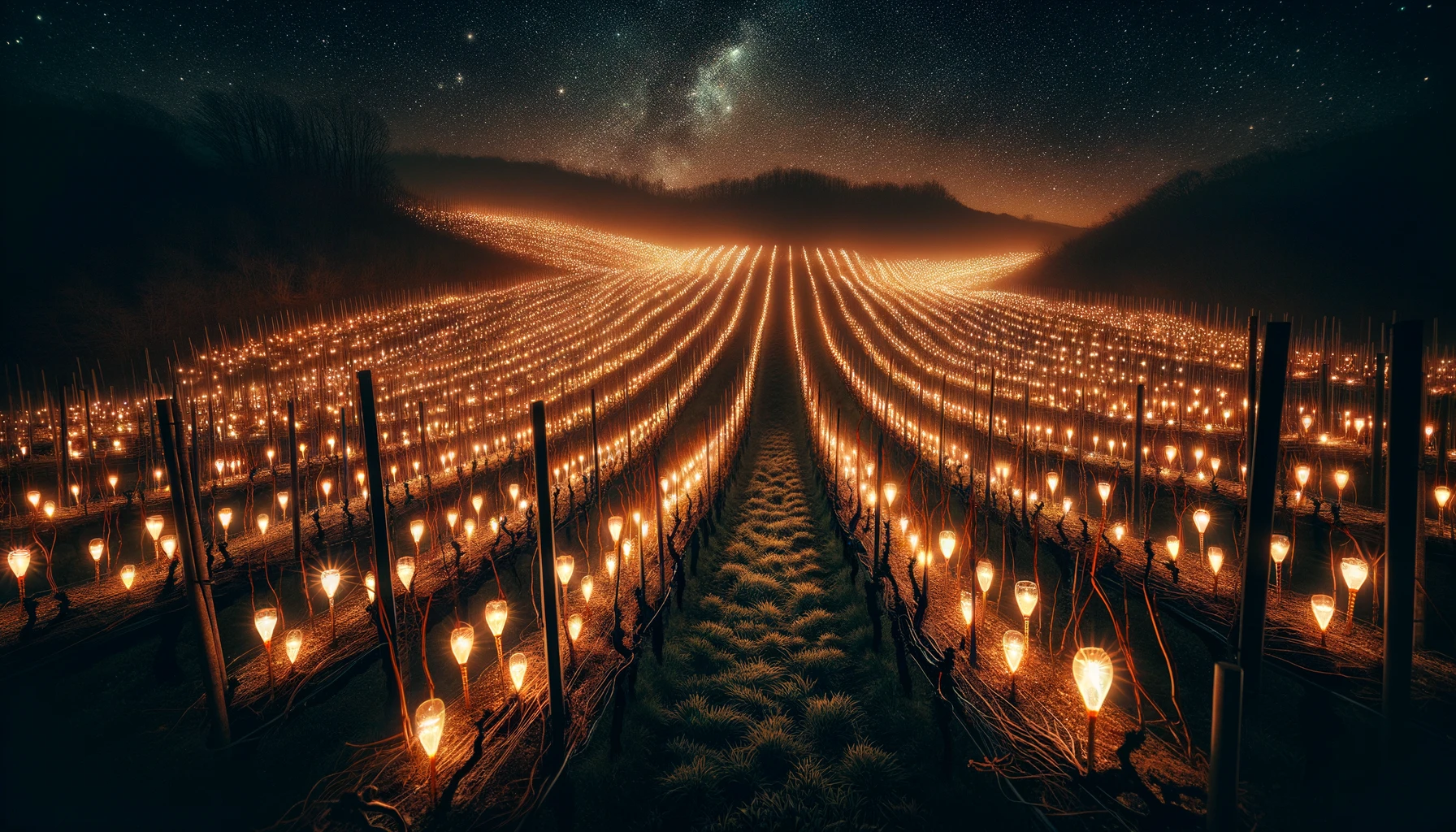Sitting firmly above thirty degrees Celsius and more for the last week or two, it may not necessarily be the time of year to indulge in tasting red wine, but that’s exactly what I did, tasting a lot of Pinot Noir and taking part in a competition, but there was, of course, much more to the last week as you will find in the JollyCellarMaster Weekly:
Statements, Yeasts and a lot of Blauburgunder
What To Say And What Not
The rules on wine labels are a science in itself. They may vary from jurisdiction to jurisdiction, but no matter where it is always a bit of a minefield. Last week saw a couple of cases that highlight how difficult it can be to navigate the rules that guide what you can put on a label or say about your wine – and what not.
The first example concerns the Consortium for the Protection of the Controlled Designation of Origin Prosecco, one of Italy’s biggest exports. The Consortium has successfully filed an opposition against the UK registration BROSECCO in stylised form for wines, British sparkling wines and sparkling wines in Class 33. The UK is a big market for Prosecco and even though the UK has left the European Union, due to the Withdrawal Act the UK is still required to apply EU-derived national law in accordance with EU law as it stood at the end of the transition period, i.e. the decision therefore continues to refer to EU trademark law. The responsible hearing office found that “evocation was all the more likely as UK consumers would know Prosecco very well and would think of it when encountering BROSECCO. For evocation to be established, it is only necessary that the opposed mark trigger the image of Prosecco; no confusion between the two signs is required.“ The case is another one in a line of decisions that show the great willingness to defend these protected indications against misuse, even where there is no confusion, provided that the later sign brings the PDO to the mind of the consumer, as experts pointed out.
Another example is about two Californian wineries have gone to court to about who is entitled to call their product ‘Cult’.It’s about a Napa winery that recently won a trademark allowing it to use the word ‘Cult’ in reference to its wine is now being sued by another winery for doing so and the complaint that was filed last week asks the court to rule that the trademark acquired by Salvestrin winery in June 2020 is invalid. There are a number of twists and turns to the story and you can find more details here, but it’s another interesting case to follow if you want to learn about what goes and what not – at least in the US.
The third is about an article about what can go on a wine label, what is too much and what too little. It pitches a number of experts against each other’s views and while it focuses on the US market, again, you will find that this can be a very tricky subject.
The Power of Yeasts
The current heatwave makes it all too clear that weather conditions have changed a fair bit over the last decade or two. That’s obviously a challenge for vintners, too, as high alcohol levels in wine become more frequent, even in colder regions as we talked on various occasions (remember the Albedo Effect, for instance?!?). Researchers at the Washington State University’s School of Food Science are looking into the use of native yeasts to reduce the amount of sugar before fermentation. High sugar levels are not only a concern in terms of undesired high levels of alcohol. In a statement, the WSU scientists point out that “More sugar means more food for yeast, which does not always yield better wine. Yeast creates alcohol by feeding on sugar, but too much sugar can produce too much alcohol or leave left over sugar for spoilage microorganisms to eat.”
The hope for this study is to identify a yeast species that can consume some of the residual sugar produced during the fermentation process without damaging the quality of the product and the team is trying different combinations of native yeast to find which combinations reduce the sugar content. The team plans to do larger ferments in the fall, with research results available next spring.
Blauburgundertage
This week also saw the 23rd edition of the Blauburgundertage, i.e. the Italian Pinot Noir (blauburgunder is the term used here in South Tyrol or Pinot Nero in Italian), with almost a hundred bottles entering the competition to become the best Italian Pinot Nero. The four-day event hosted also the first edition of the Master of Pinot Nero, a contest for sommeliers from all over the country to test their knowledge about this noble grape variety. I somehow managed to reach the semi-finals, which got me a very respectable (joint) third place. I’ll publish a dedicated post about what I’ve learned during my preparations for the competition about Pinot Nero in Italy and Alto Adige specifically including an interview with Peter Dipoli, the south tyrolian wine personality who also co-founded the event 23 years ago, so stay tuned.
——
That’s all for this week. If you have an interesting story, connect on Twitter and if you want to stay in the loop about things happening at the JollyCellarMaster and the world of wine, make sure you sign up to our newsletter.
Disclaimer: As always, I’m trying to be completely transparent about affiliations, conflicts of interest, my expressed views and liability: Like anywhere else on this website, the views and opinions expressed are solely those of the original authors and other contributors. The material information contained on this website is for general information purposes only. I endeavor to keep this information correct and up-to-date, I do not accept any liability for any falls in accurate or incomplete information or damages arising from technical issues as well as damages arising from clicking on or relying on third-party links. I am not responsible for outside links and information is contained in this article nor does it contain any referrals or affiliations with any of the producers or companies mentioned. As I said, the opinions my own, no liability, just thought it would be important to make this clear. Thanks!




